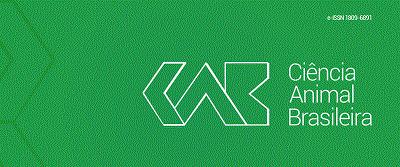Abstract
This study aimed to compare the quantification of aqueous flares using laser photometry and subjective clinical determination after phacoemulsification through the V-prechop nucleodissection technique in dogs. Forty-three dogs of different breeds, males and females, aged 3-10 years, with mature (G2, n = 22) and immature (G1, n = 21) cataracts, were included. After surgery, the patients were evaluated weekly for aqueous flares (using laser flare photometry) and clinically evaluated using slit-lamp biomicroscopy over different periods. Intraocular inflammation was more evident in patients with stage G2 disease than in those with stage G1 disease. Over time, it regressed in most animals, persisting to a mild degree in three animals by the end of the observation period. Statistical analyses revealed key differences between the groups in the immediate postoperative period and after 30 days of observation. “Aqueous flare” (ph/ms), quantified using laser flare photometry, was higher in the operated eyes of both groups (G1 and G2). However, a significant difference was observed in the immediate postoperative period and at 45 and 30 days in groups G1 and G2, respectively. Furthermore, when comparing the operated eyes of each group, a significant difference was observed in the preoperative period and 60 days postoperatively; the mean values were always higher in the G2 patients (G1-preop = 25.5 ± 11.4 ph/ms and G2-preop = 45.7 ± 17.7 ph/ms; G1-60d = 23.4 ± 8.9 ph/ms and G2-60d = 39.8 ± 13.4 ph/ms). In conclusion, laser cell and flare photometry showed higher accuracy in evaluating aqueous flares than clinical evaluation based on scores during the postoperative period in phacoemulsification by V-prechop nucleodissection. The quantitative values of flares obtained using this non-invasive method may also be used to evaluate other nucleodissection techniques in phacoemulsification.
Keywords:
aqueous flare; intraocular inflammation; Kowa FM600; cataract

 Thumbnail
Thumbnail
 Thumbnail
Thumbnail

